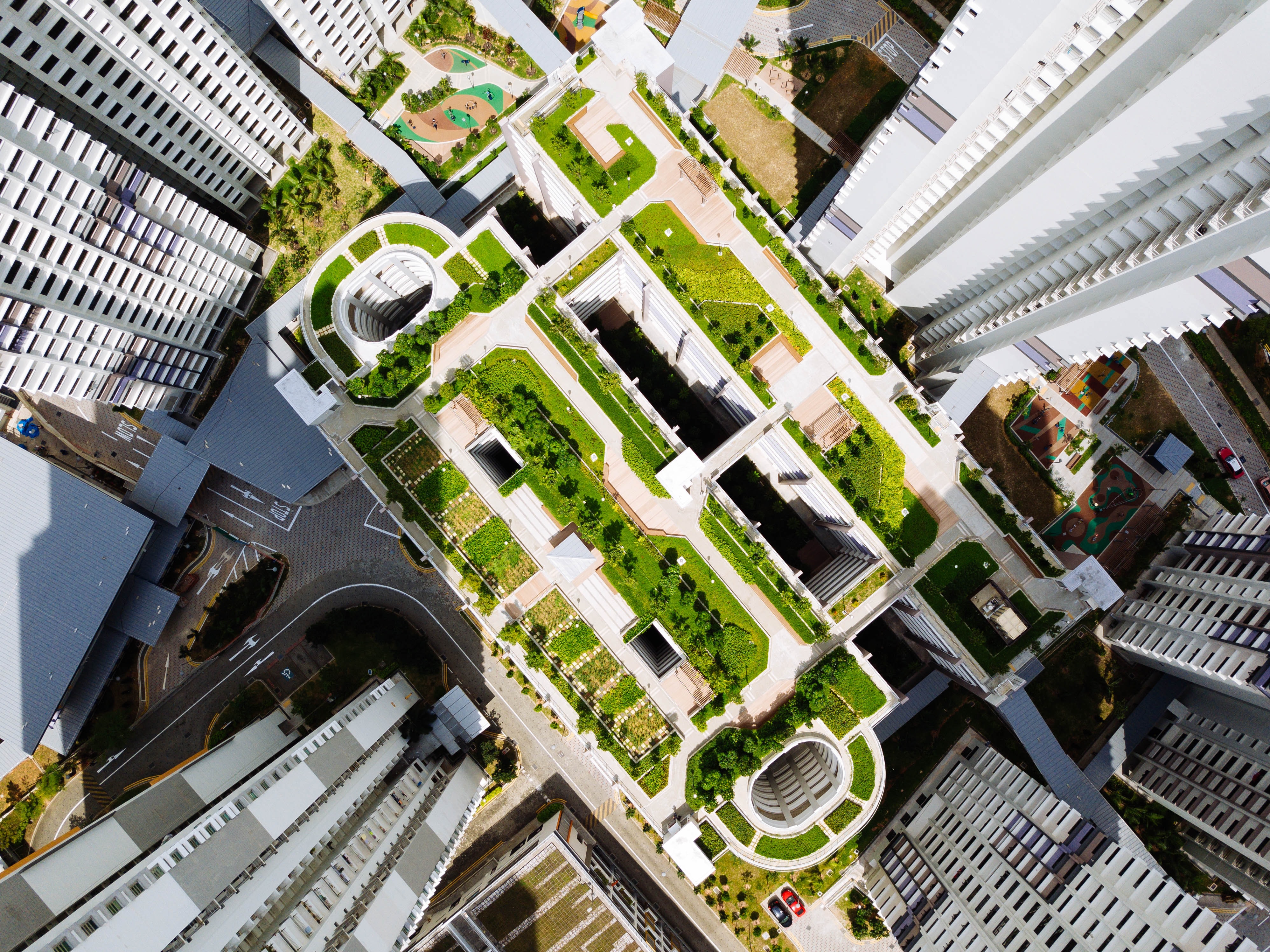Email: [email protected]
.
About Well AP
LEED AP (Building Design+Construction) is tailored to prepare construction professionals to evaluate their building systems, processes, and to enact relevant improvements which enhance building performance and occupant comfort. Earning this professional credential will enable you to understand the inter-relations within the holistic perspective enabling construction teams make the best decisions to reduce the life cycle costs of construction and improve the user experience. The LEED AP (BD+C) credential tells the world that you are an informed leader in the construction of green buildings.


Course Duration:
2 weeks/ 15 days
Eligibility:
Candidate should have a current LEED Green Associate credential.
Candidate should be 18 years of age or older.
Candidate should agree to GBCI's Disciplinary and Exam Appeals Policy and credentialing maintenance requirements.
Course Fee:
USD 990 or AED 3636
Limited Time Offer:
USD 597 or AED 2190
This Is What You'll Learn In The Training
Overview of WELL Building Standard
Benefits of Achieving WELL Certification
The Connection between Health and Building Design
WELL Certification Levels and Requirements
Significance of Clean and Accessible Water
Water Filtration and Treatment Technologies
Promoting Hydration and Reducing Plastic Waste
Promoting Hydration and Reducing Plastic Waste
Impact of Light on Human Health and Productivity
Circadian Lighting Design Principles
Minimizing Glare and Discomfort
Daylighting Strategies and Benefits
Understanding Human Thermal Comfort Needs
Balancing Indoor Temperature and Humidity
Strategies for Personalized Thermal Comfort
Passive and Active Thermal Control Techniques
Introduction to Healthy Building Materials
Avoiding Harmful Chemicals and Pollutants
Sustainable Material Sourcing and Life Cycle Assessment
Evaluating Material Certifications for WELL Compliance
Importance of Indoor Air Quality (IAQ)
Strategies for Improving Indoor Air Quality
Ventilation Design and Standards
Monitoring and Maintaining Indoor Air Quality
Designing Healthy Eating Spaces
Nutritional Guidelines for Building Occupants
Providing Access to Nutritious Food Options
Encouraging Mindful Eating Habits
Incorporating Physical Activity into Building Design
Promoting Active Transportation
Designing Fitness Spaces for All Abilities
Encouraging Regular Movement Breaks
Impact of Noise on Health and Well-being
Designing for Acoustic Privacy
Noise Reduction Strategies in Different Settings
Integrating Soundscapes for Positive Effects
Designing for Stress Reduction and Mental Well-being
Designing for Stress Reduction and Mental Well-being
Creating Spaces for Relaxation and Mindfulness
Ensuring Inclusivity and Accessibility in Design
Are You Ready to Specialize in a Career that you STAND OUT FROM CROWD?
RESERVE YOUR SEAT NOW!
350+
Students
10+
Nationalities
100%
Resourceful
100%
Support
The struggle stops here !
We help you design a specific program that's right for your job profile and help you enhance your career.
Privacy Policy
Terms & Conditions
Refund Policy
